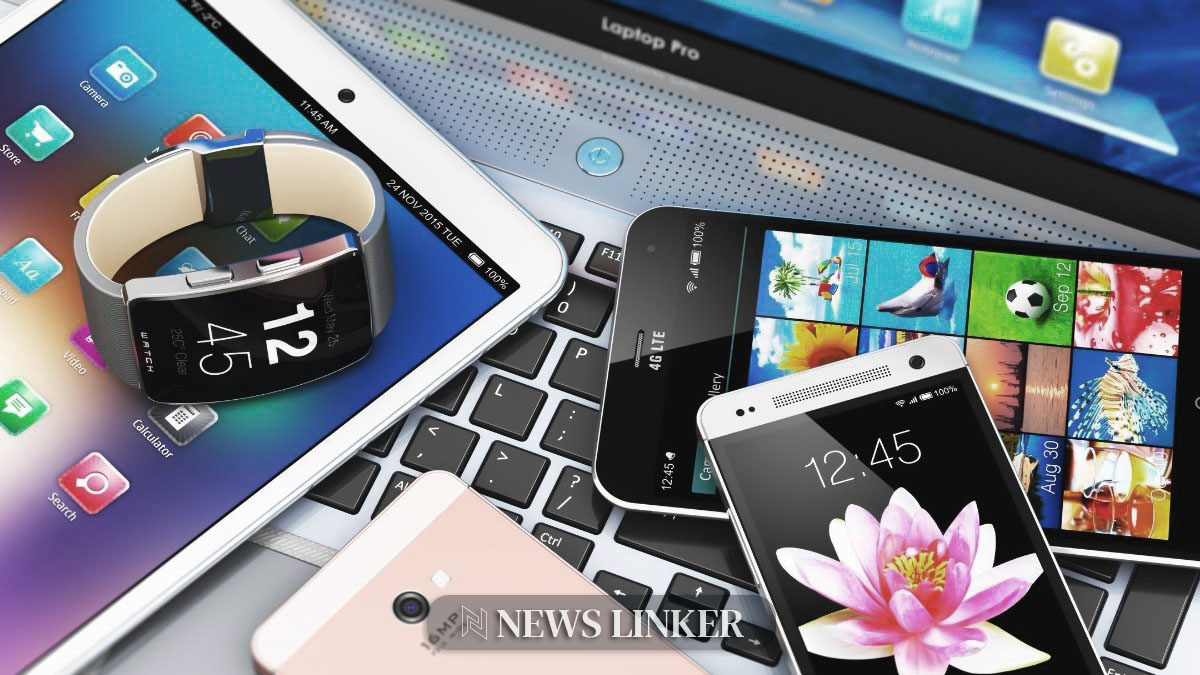Apple’s iPhone has long been known for its closed ecosystem, particularly when it comes to installing applications, which could only be done through the App Store. However, recent developments suggest that the company may soon permit the sideloading of apps, allowing users to install software from sources other than Apple’s official platform. This potential shift comes amid growing regulatory pressure and antitrust scrutiny, which has prompted Apple to consider alternative means for app installation on its devices.
Possible Advantages of Sideloading
The ability to sideload apps could provide users with more freedom and choice, enabling them to access a wider array of software, including those not available on the App Store. This change could also foster competition and innovation, as developers would have the opportunity to reach iPhone users without adhering to Apple’s stringent App Store guidelines and fee structure.
Anticipated Restrictions and Concerns
Nonetheless, the freedom to sideload apps may come with significant caveats. Apple is likely to implement strict controls to maintain the security and privacy standards for which the company is renowned. It is anticipated that Apple will design a rigorous approval process for non-App Store applications, which may include mandatory safety checks and certifications. Moreover, the company has warned that sideloading could expose users to security risks, potentially undermining the safe ecosystem Apple has cultivated.
Despite the potential benefits, the implementation of sideloading could be a double-edged sword. While it may offer greater flexibility, it could also introduce vulnerabilities and diminish the overall user experience. Users and developers alike are awaiting further details on how Apple will balance these concerns with the demands for more open software installation processes.
As the conversation around digital markets and monopolistic practices continues, the tech giant’s move towards allowing sideloading is a significant step. However, the extent to which this will impact the iPhone experience remains to be seen, with Apple’s commitment to user security and privacy likely to shape the final outcome.










